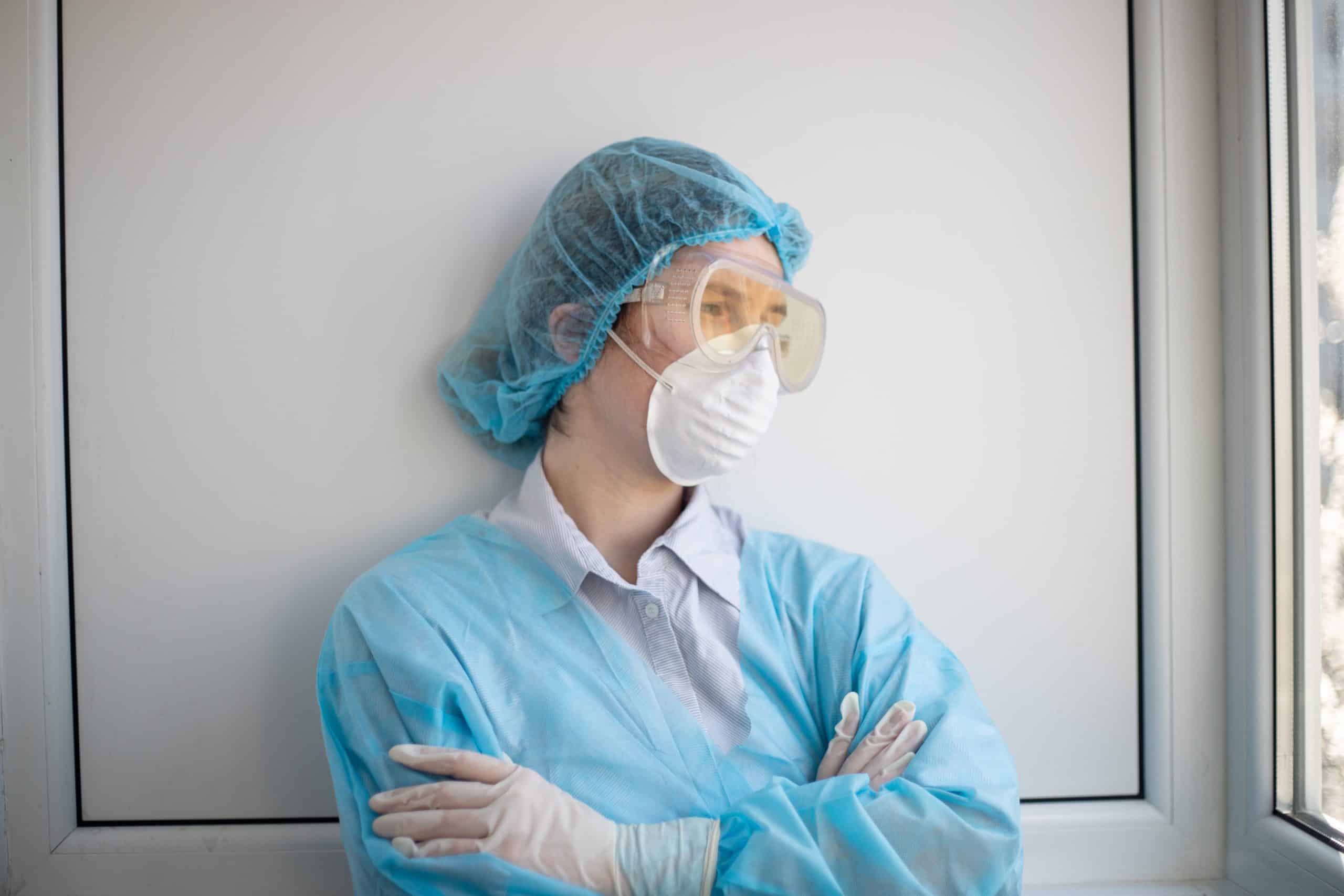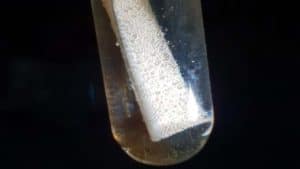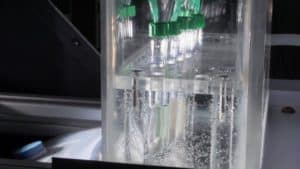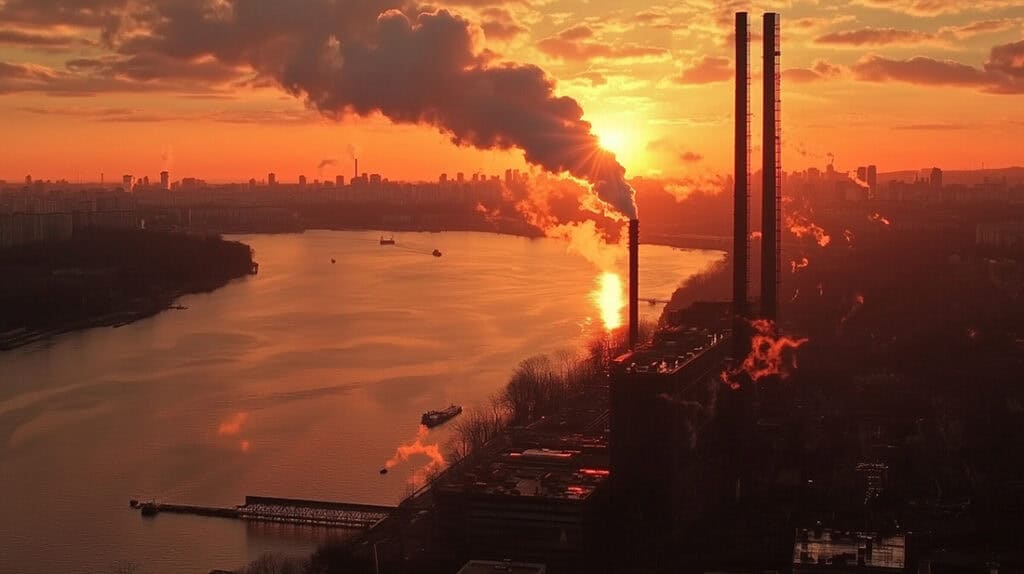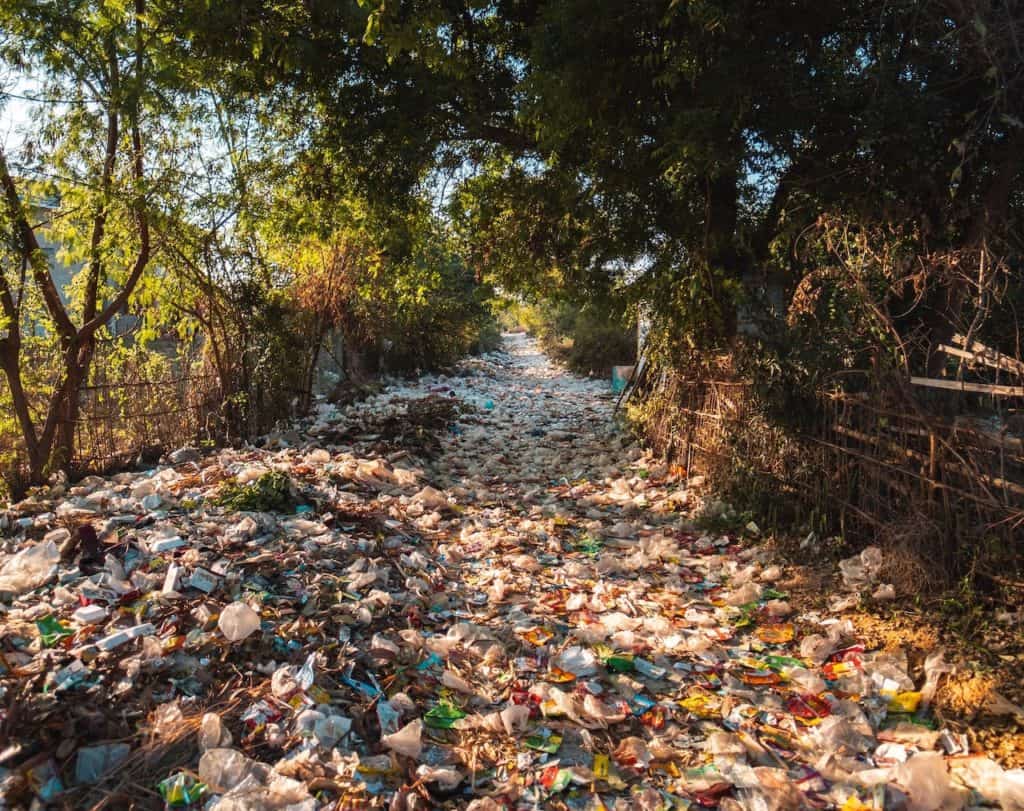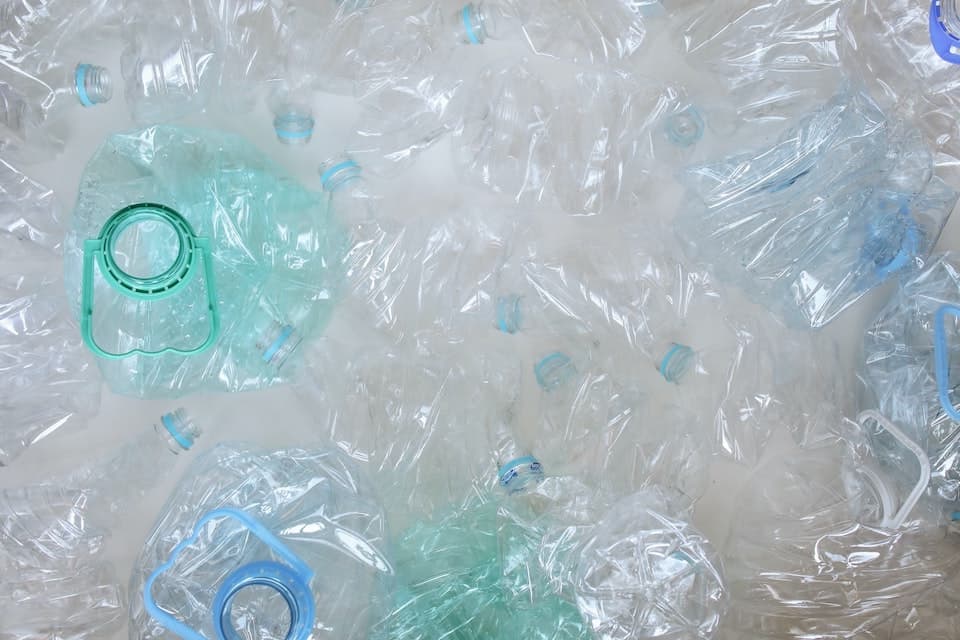Much of the PPE (Personal Protective Equipment) used to protect wearers and those around them against COVID-19 were believed to be unrecyclable. The single-use facemasks, plastic aprons, and plastic visors are currently being “disposed of” via incineration.
Swansea University scientists have, however, discovered a more environmentally-friendly method of disposing of personal protective equipment.
Environmental Impact
The method of burning plastic PPE is not ideal. The carbon emission impact is severe, and PPE usage spanning across the globe, mass incineration could have detrimental implications on global warming.
As well as planned incineration, there has been a drastic increase in public littering of many PPE items, particularly single-use masks. Lesley Jones, CEO of Keep Wales Tidy, has publicly acknowledged the issue that single-use PPE was creating on the streets. She has pleaded for the Welsh public to “please take your litter home with you or put it in a bin, but also to think really seriously about purchasing reusable masks as that is so much better for the environment.”
Single-Use PPE Sunlight Treatment
While reusable masks are the perfect solution for the general public, high infection rates in hospitals make reusable PPE products risky.
Dr Moritz Kuehnel and his research team at Swansea University have responded to the high rates of single-use PPE in hospitals. Their research shows that, by using a technique called photoreforming, they are able to convert non-recyclable single use plastic into hydrogen. By using a photocatalyst – a material which converts light into energy that promotes chemical reactions – the plastic waste is broken down, and the water is turned into hydrogen.
Photoreforming Reaction
Working with scientists from a range of research facilities in India, they also continue to develop and determine the effectiveness of a reactive oxygen species that is generated, which can kill germs, specifically the COVID-19 virus.
This method is capable of saving the NHS millions, with an estimated £700m spent each year to dispose of hazardous medical waste across the UK. ‘Applying our technology to reprocess just 1% of this waste would save millions and mitigate pollution at the same time,’ explains Dr Kuehnel.
The aim of cost-effectiveness however, is important to Dr Kuehnel and his team for other reasons too. ‘The simplicity and low cost of photoreforming make it easier to implement in countries that do not have an established recycling system,’ explains Sudaghar Pitchaimuthu, co-investigator and fellow at Swansea’s college of engineering.
The Welsh Government has awarded Dr Kuenel and his team £47,000 in support of the project.

